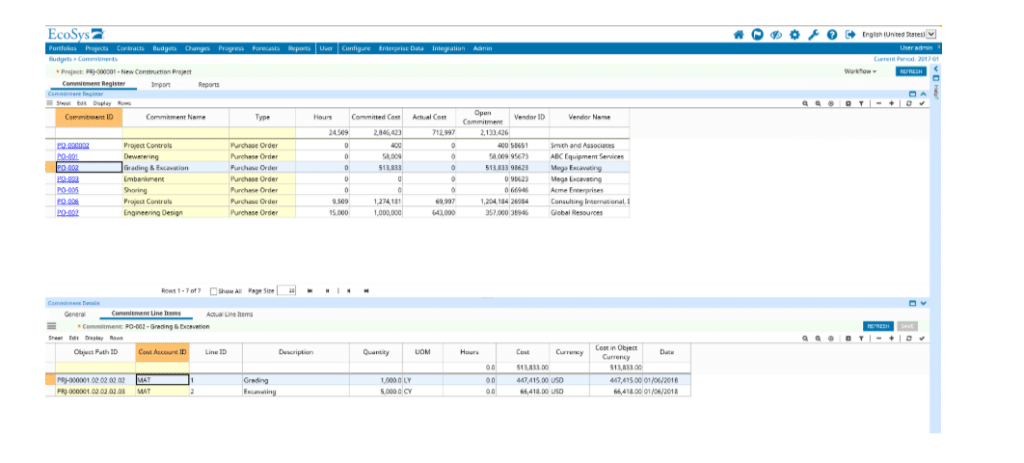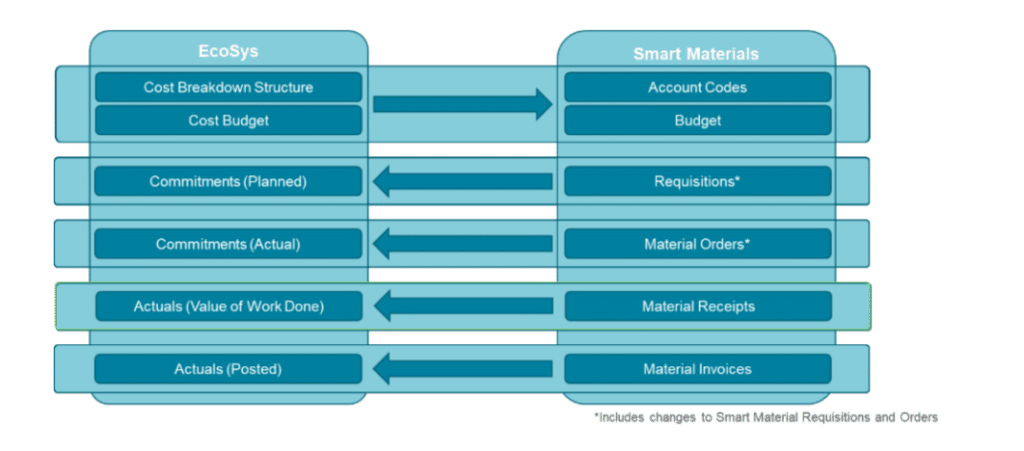Foundations of Progress Measurement (Part II): Procurement

The Importance of Progress Measurement
Successfully executing projects hinges on many variables. Yet, the fundamental question that must be answered before any proactive or prescriptive measures can be implemented is this: Where are we today? Deceiving in its simplicity, this question often proves difficult to answer accurately. That is where progress measurement processes come in.
The objective and realistic measurement of physical progress during a construction project is a key element for successful project management. Progress measurement is an input directly used to help determine the earned value of a project and forecasts such as cost at completion and estimated finished date. These outputs can be used to help apply corrective action to keep costs and schedule under control.
Part I of this series focused on establishing weighted milestones and automating progress measurement during the engineering phase of a project. Now, I will illustrate how to collect physical progress during the procurement phase.
Sources of Progress
As a reminder, Part I highlighted some common ways you can measure progress on a project, including:
- Schedule – task start and finish
- Construction Management – installed quantities
- Design Software – engineering deliverables
- Information Management – deliverables completions
- Materials Management – materials receipts
- ERP – accruals and actuals

Progress Measurement During Procurement
Measuring progress during procurement can be achieved by first sending the quantities of material to be ordered to a procurement tool and adjusting budgets accordingly. Then, you can measure progress for each stage of the procurement cycle, from vendor inquiry to the reception of the goods and payment.
Establish Weighted Milestones for Progress Measurement
The principle of tracking progress during the procurement phase is to establish a list of the milestones that materialize the life cycle of procurement, and to define the weight of each of them.

Access to Information
In addition to this weighted percentage calculation, it is important that the project controller has access to the details of the progress of each type of procurement. This is needed to challenge the percentages calculated, by providing detailed information for each requisition or purchase order, for a better understanding of the type of supplier, its geographical location, or the fact that it is a current or special part or material. This will enable to better measure risks, understand and analyze the cause of delays, and track all the changes that have been made.

A good way to make sure this information is accurate, up-to-date, and available on demand is to leverage an Enterprise Project Performance (EPP) system. Having all this information in an EPP not only makes earned value analysis possible, it makes it very easy. It also enables updating the cost at completion using real-time information corresponding to the operational reality of the project.
Automating Procurement Progress Measurement
The successful automation of such a process requires a close integration between material management tools an EPP, such as the ones offered by Hexagon PPM with its Intergraph Smart® Materials, and EcoSys Enterprise Project Performance solutions.

For more information, you can watch our recent webinar on the “Digital Transformation of Progress Measurement.”
Part III of this series will focus on progress measurement during the construction phase of the project. You can also read Part I to learn more about progress measurement during engineering.